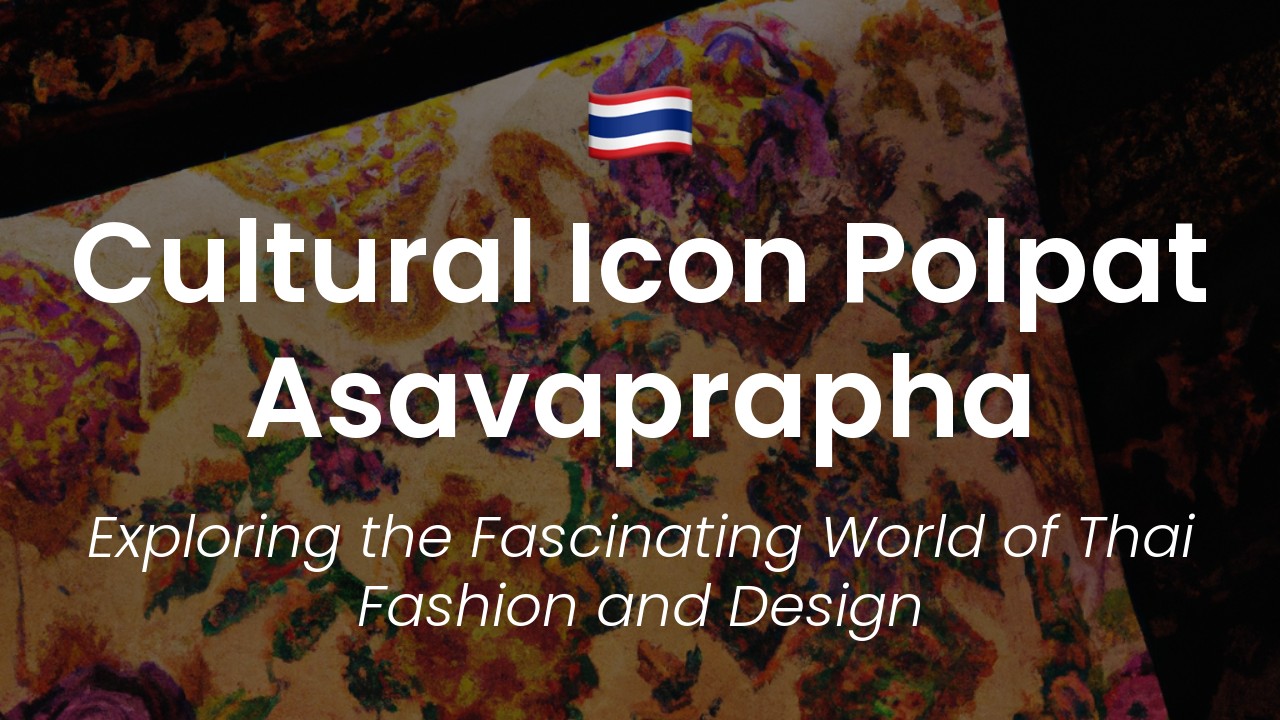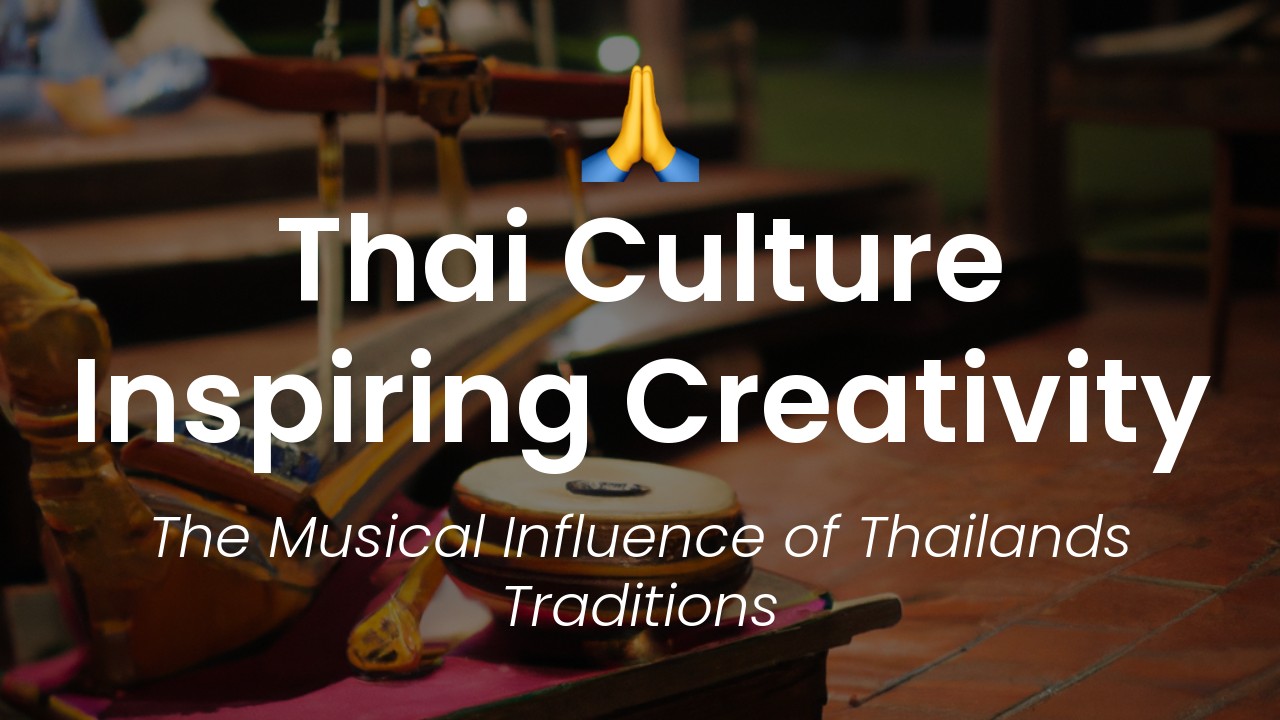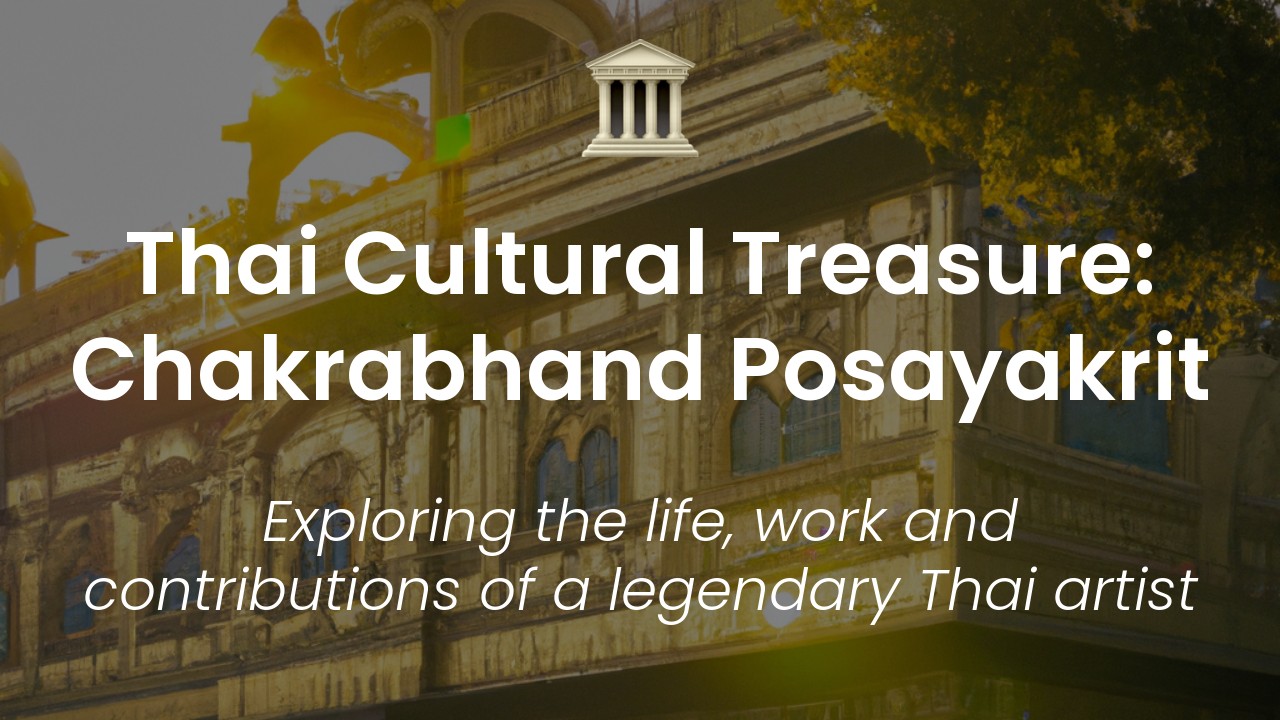Hello there, my dear readers! It's me, Sirinya, and I'm excited to bring you on another cultural journey through Thailand. Today, I want to share with you the fascinating story of Father Red.
Father Red is a mysterious figure in Thai culture, often associated with spiritual beliefs and practices. His name, which is derived from the color of his robes, has been passed down through generations via oral tradition, and his legend has taken on many different interpretations over time.
Through my travels and research, I have discovered that Father Red is a unique blend of Buddhism, animism, and folk beliefs. He is said to possess supernatural powers and is often called upon for protection and guidance. But who is Father Red, and why has he become such an important figure in Thai culture?
In this article, we will delve into the history and mythology of Father Red, exploring the different tales and legends surrounding this enigmatic character. We'll look at how he is celebrated and revered today, and what his legacy means for the people of Thailand. So, sit back, grab a cup of tea, and let's journey together through the mysteries of Father Red.
Who is Father Red?
Every culture has its own mysteries and secrets. One such mystery in Thai culture is Father Red. He is a supernatural, almost mythical figure who has been revered for centuries in Thailand. While some say he was a healer, others maintain that he was a spirit who possessed certain individuals.
While the stories about Father Red vary, his presence in Thai culture is undeniable. In paintings and sculptures, he is usually depicted wearing red robes and seated in a lotus position.
The Significance of Red in Thai Culture
Red is a prominent color in Thai culture since it represents passion, energy, and good fortune. It is often worn at weddings, and during Chinese New Year and the Songkran Festival.
In Thai folklore, red is also associated with powerful spirits or entities. Hence, it is not uncommon to see people in red clothing or adorned with red amulets, bracelets, and necklaces.
The color red is especially significant in the context of Father Red. It represents his supernatural qualities and the powerful healing abilities that he was said to possess.
Going off the Beaten Path to Discover Thai Traditions
One way to experience Thai culture in its fullness is to venture off the beaten path. Away from the tourists traps, there are plenty of opportunities to discover unique traditions and ways of life in Thailand.
One such destination is the village of Ban Nam Phu, which is located in the province of Ratchaburi. This village is home to artisans who have been crafting beautiful pottery for generations. Here, you can observe the traditional methods of pottery making that have been handed down from one generation to another.
Another hidden gem is the province of Nan. Surrounded by mountains, Nan is a place of raw natural beauty that has preserved its traditional way of life. The province has a rich cultural heritage that is evident through its architecture and festivals.
The Spiritual Beliefs of Thai People
The Thai people have a strong connection to their spiritual beliefs, which are deeply rooted in their culture. Hence, it is not surprising to see shrines and spirit houses in almost every corner of the country.
There are numerous festivals and rituals that celebrate the supernatural in Thailand. One such event is the Phi Ta Khon Festival, which is held in the Dan Sai District of Loei Province. This festival is known for its colorful masks and costumes that are believed to ward off evil spirits.
Another important event in the Thai calendar is Loy Krathong. During this festival, people light lanterns and float them on the river as a way to pay homage to the water spirits and cleanse themselves of bad karma.
Insights into Traditional Thai Cuisine
No exploration of Thai culture is complete without indulging in traditional Thai cuisine. From street food to fine dining, there are endless options to sample and savor.
Some of the best-known Thai dishes include Tom Yum soup, Pad Thai, Som Tum salad, and Green Curry. These dishes are well known for their complex flavors and mix of hot, sour, sweet, and salty.
However, there are many lesser-known dishes that are equally delicious and worth trying. For example, Khao Soi is a Northern Thai dish that features egg noodles in a coconut curry sauce with chicken or beef. While not as well known as Pad Thai, it is a dish that is worth seeking out.
Discovering the Beauty of Thai Art and Architecture
Thai art and architecture are renowned for their intricate designs and attention to detail. From temples to palaces, there are numerous examples of these beautiful works of art throughout the country.
One such example is The Grand Palace in Bangkok. It is a sprawling complex of buildings, temples, and courtyards that was built in the late 18th century. The palace is also home to the Emerald Buddha, which is made of jade and stands at 66 centimeters tall.
Another example is the Wat Phra Singh temple in Chiang Mai. Its construction dates back to the 14th century, and it has survived multiple wars and invasions. The temple is known for its ornate carvings, murals, and its revered Buddha statue.







